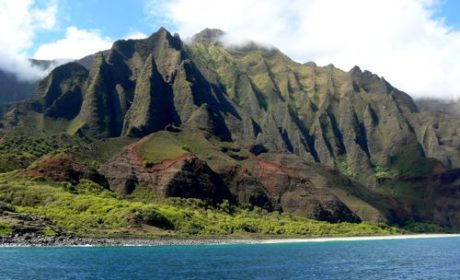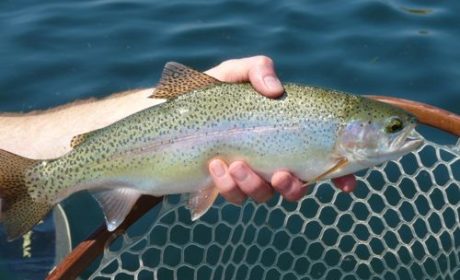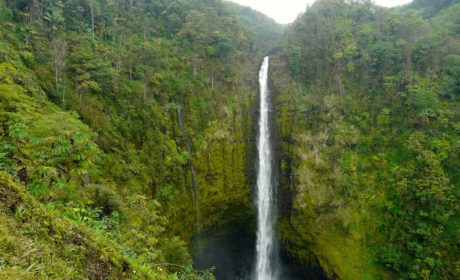Are you curious about an Ocoee River Rafting trip in Tennessee? Did you know the experience makes a wonderful multigenerational travel experience?
Guest contributor, Vickie Lillo, experienced just such an adventure. She shares her heartfelt thoughts about Ocoee white water rafting with her father and her son—three generations of brave travelers!
Is this active travel adventure right for you? Read on.
Even though it requires all the strength I can muster to pick up the raft, I’m right there, amongst the men (and my young son), lugging that 130-lb. rubber boat down the interminably long concrete ramp leading to the put-in point of the Ocoee River. As always, I feel that first tingle of excitement.
Maybe I’m still trying to get my bearings after all those hairpin turns on the harrowing drive along Ocoee Scenic Byway (U.S. Route 64) to Ocoee Dam No. 2 and the beginning of our multigenerational adventure on the Middle Ocoee River.
“The rapids may only be a class IV, but the bus ride is a class X!” my dad never fails to declare, after the miles and miles of lurching and careening around those mountain curves.
Beaming from ear to ear, he always wants to know, “Why didn’t you tell me about rafting years ago?”
Wishing he could turn back the clock, he yearns for more precious years to pursue his favorite new hobby. He, too, feels the initial excitement.
Maybe it’s the sight of 1,200 cubic ft. per second of water flowing over the sluiceway. On the early morning, 10:00 a.m. Ocoee rafting trips, you never really get to experience the aesthetic of the river as you peer out the window.
Instead, you’re staring at little more than a dry quarry of rock. It’s not until the Tennessee Valley Authority (TVA) hits that switch for the dam that the controlled water flow begins to surge and the white water rafting fun begins.
Still tingly, I tell myself it’s just the frisson in my lower extremities as I step into that chilly 65°-70° water. No matter the reason for the quivering—my adrenaline is pumping.
Table of Contents
Is white water rafting scary?
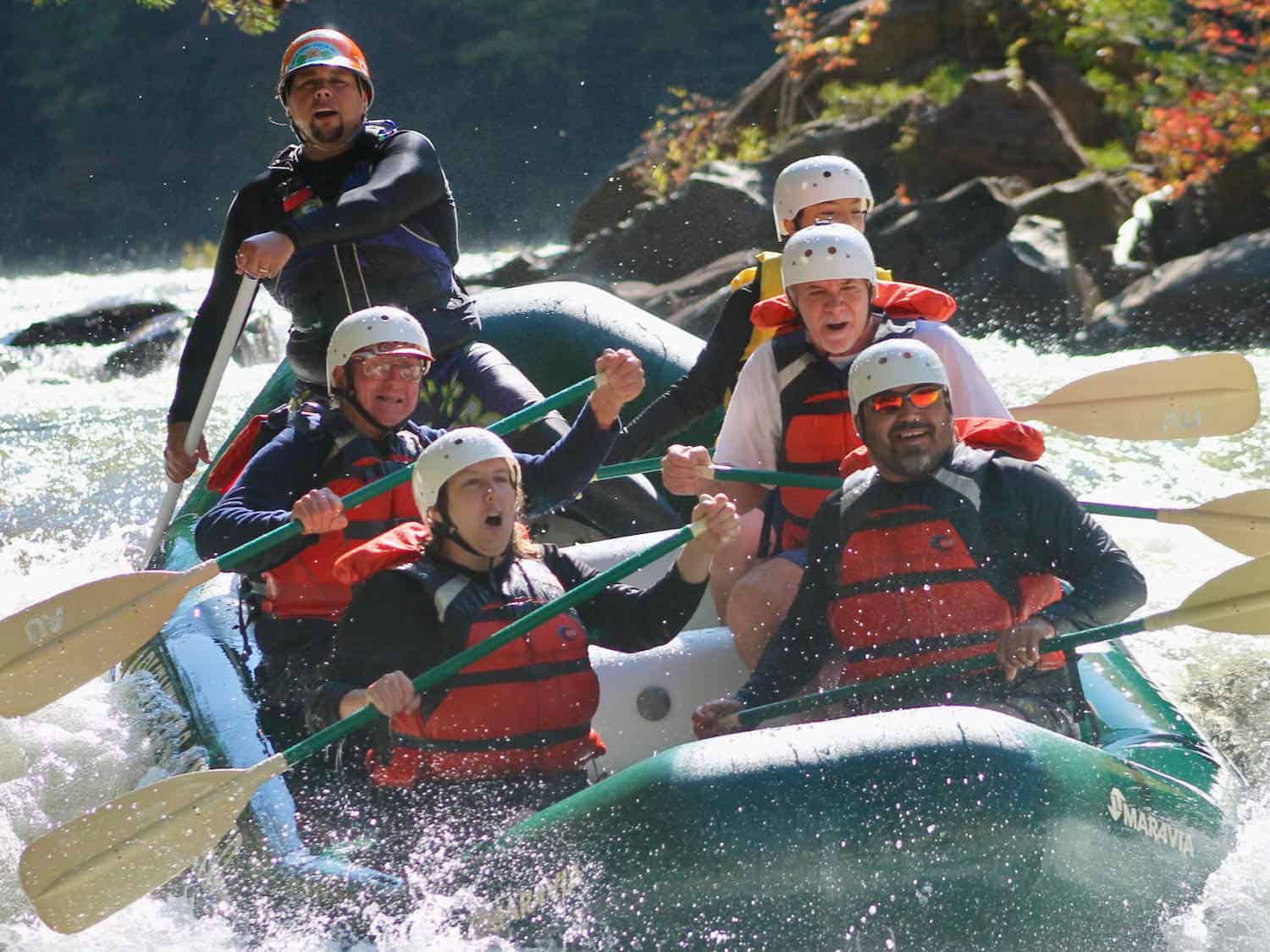
If you’ve never been rafting before, there’s almost no way to describe the exhilaration of those first few moments of your trip. After all, whitewater rafting is an all-encompassing, hands-on activity.
There’s an element of risk, even a hint of danger. Perhaps it’s that hint of danger that makes the sport that much more alluring.
No matter the reason, my three generations of family love coming back here year after year to Adventures Unlimited (wesbsite here) because of their great, yet simple, philosophy—Rule #1: Safety. Rule #2: Fun. And their experienced guides, like 12-year veteran Dean Watson, nicknamed The Reverend, represent the epitome of that strategy.
Dean gives 110% every time he sets foot in the raft, making sure that everyone remains secure, while reaching the supreme limits of fun. Whether it is surfing in one of the hydraulics, slapping the water with the paddle for maximum splashing of an opponent’s boat, or pulling some other childish prank, Dean sees to it that his riders get their money’s worth.
The Ocoee River rafting adventure begins
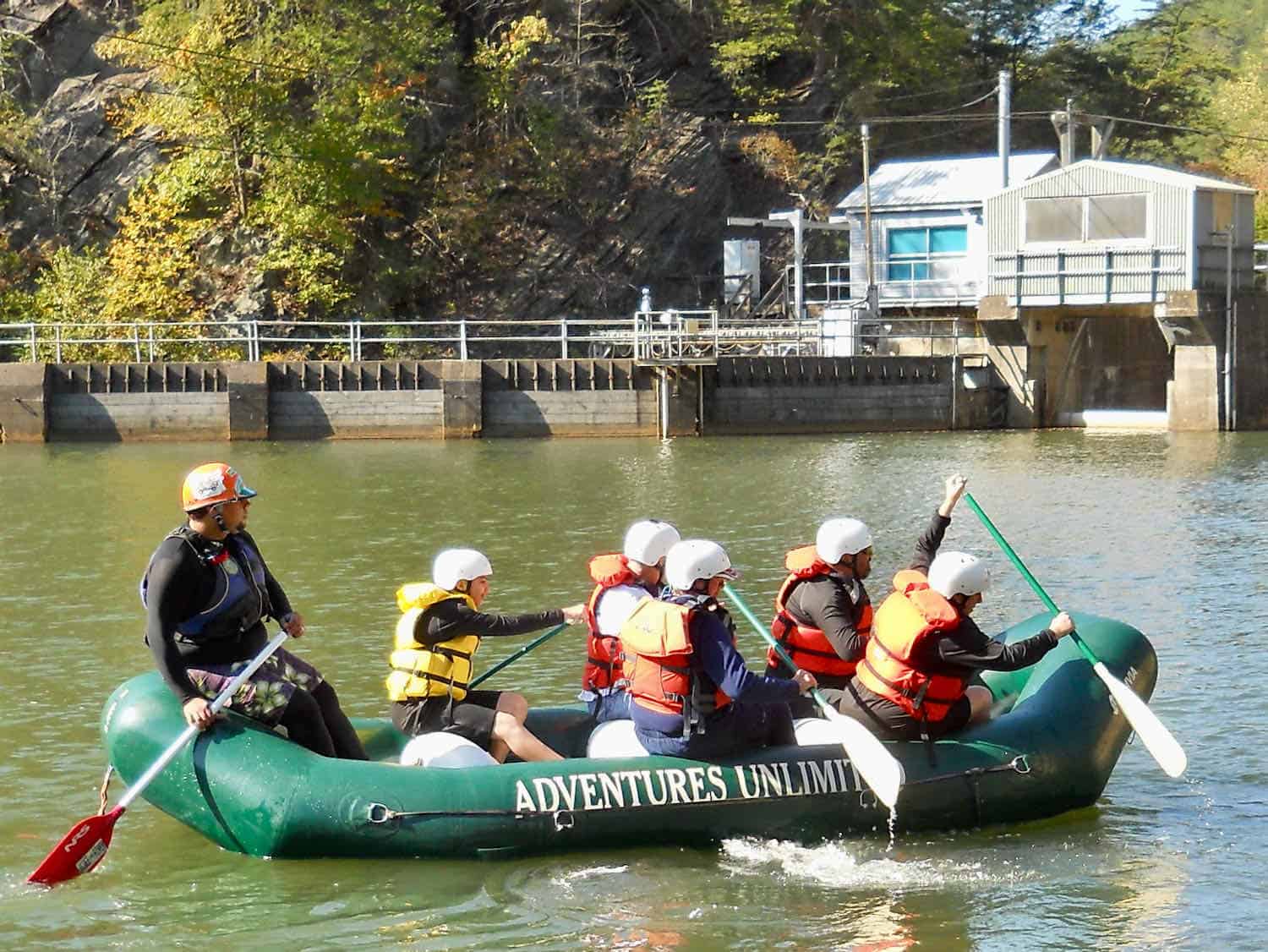
Dean is unavailable for this white water excursion, however, we are assigned Harley, another fabulous rafting captain. With a frenzied “hurry up—everybody, get in,” all five of us scrambled into the raft, legs and arms askew.
Not wanting to disappoint Harley or make him think I hadn’t listened to every word of his instructional speech, I immediately assume the proper rafter’s position–that is, butt crack to boat crack, with my rear end firmly planted at the cross-section between seat and outer edge. Feet anchored in, paddle resting on my lap, fingers clasped tightly around the t-grip handle of my oar—I’m ready to float!
How to properly adjust your life jacket
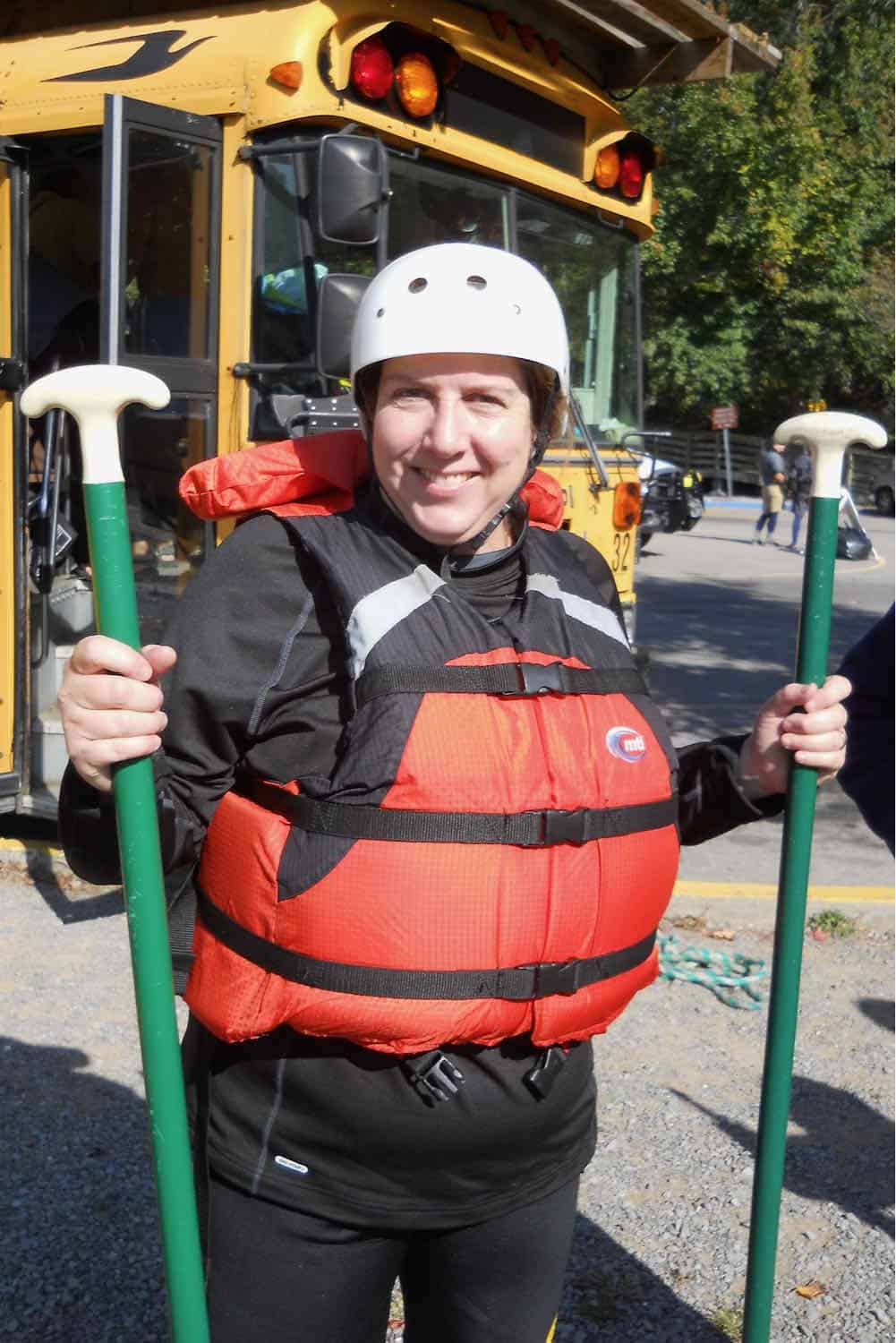
Inwardly, I’ve already gone through the preparatory motions in my head, making a mental list. Life jacket cinched tight. Check. This being that critical piece of equipment that keeps you afloat and not drowning if you fall out of the raft.
If you keele over the side of the boat, you don’t want your vest riding up around your shoulders. Plus, if you need to be pulled into the raft quickly, for safety’s sake, your life preserver has to be tight; otherwise, you might slip out of it.
How to wear your helmet
Helmet strap secured. Check. I never make the mistake of underestimating the casque. Its sole purpose is to protect your head from cracking like an eggshell against the protruding rocks. Remember, you’re on a river in the wilderness–rescue time is not going to be immediate, so life-threatening injuries need to be avoided at all costs.
What to wear white water rafting
If you’re concerned about how you look, don’t be. If you’re thin enough to look good in a bikini, wear a bright one. Even with the vest and the helmet, you’ll still stand out from the crowd.
If you’re like the rest of us (i.e., without a Victoria’s Secret body), you’ll look the same as everyone else and you won’t stand out at all. That’s a win-win situation.
Where to sit in the raft
As the lone woman on this Tennessee white water rafting trip, I might have been relegated to the back, near our guide and my son. But I’m a seasoned rafter, and having been considered a power paddler in the past, Harley positions me right up front, alongside my husband, Gustavo.
If you want the biggest thrill of excitement, sitting up front usually guarantees the wettest, wildest ride on the Ocoee. It also usually means that as you’re bobbing like a dreidel through the first set of Class IV rapids, known as Grumpy, commencing just seconds down from the dam.
You’ll be the first to get swamped by the rush of freezing water washing over the raft. Trust me when I tell you, it WILL take your breath away.
After breezing through those initial swells, you’ll want to look back for a moment in the direction of the causeway. That way, you’ll have a better view of that giant hydraulic you just survived–a deep recirculating hole that can capsize your inflatable and roll it over and over.
But never you mind. You’ll make it, just like I did, and that’s all that counts. You’ll already be heading toward the next patch of rapids and Gonzo Shoals.
Lazing in the Ocoee River rafting doldrums
“How you guys doing back there? Nicolas? Dad?”
I momentarily throw my hand up for a high-five as another surge of arctic water sweeps across my lap. Three generations of rafters—my 77-year-old father LeRoy, my 12-year-old son Nicolas, and myself—are headed together, downstream.
From this point on, it’s an hour-and-a-half of paddling—sometimes intense, sometimes not—surrounded by the natural beauty of the Tennessee woodland. The trees have already shed their summer greenery, replacing them with leaves colored in autumn’s reds, oranges and browns.
At each new chasm, I am digging in deep, ferociously plunging my paddle in the direction of the rock-bed, the deeper, the better. Going deeper helps to maintain your equilibrium as the raft jostles about.
Rafting is all about balance, after all. If you get a whole lot of air, and very little water with your paddle stroke, you won’t have any way to brace yourself if the boat leans in that direction. Another good way to go out of the raft.
So, we settle into the rhythm of the Ocoee River. There are occasional moments of serenity on the trip, which give you the chance to take a breather on the half-mile stretch of class I and II shallows called The Doldrums. Nothing to hear except the delightful sounds of nature and the gentle gurgling of the river lapping against rubber.
I decide to be a bit daring, and flip backwards out of the boat, into that frigid river. “Come on, Nicolas, let’s swim.” I didn’t have to tell him twice.
Nicholas moves unsteadily in the boat, nearly trampling my dad in his haste, and bails in. Cannon-ball style.
The look on his face was priceless, as he bubbles up from the depths. Eyes wide open, like saucers. Mouth agape, sputtering—too terrified and/or frozen to utter a word. Nothing other than a wheeze comes out.
“Are you okay?” I ask.
“Yeah,” he finally manages. “Why didn’t you tell me it’s this cold?”
“If you’ll recall,” I say, reminding him of an earlier conversation. “I did.” As the polar temperatures begin to seep into my bones, I flap my arms like a banshee, trying to get some heat flowing back into my limbs.
How to get back into the raft
I’m not even sure what actually requires the biggest effort—all that wild-woman flailing or trying to get back into the raft. Since I’m not one of those catwalk-thin girls, I’m yanked out of the water by my life preserver—that same life vest I previously made sure was cinched ever so tightly—and am hauled aboard like an enormous sack of potatoes.
I try to be graceful. It doesn’t happen.
All too-many-pounds of me is dumped onto the canvas flooring, between the seats. I struggle quite unladylike to regain composure and my butt crack positioning.
It doesn’t matter, though, because these fleeting blips of tranquility are short-lived. They’re interrupted by breakers of roiling whitewater—at Double Trouble and Diamond Splitter—which send the craft jouncing and skittering against the crags.
What if you fall out of the raft into the white water?
Now, it is one thing to eject out of the boat intentionally—quite another to unexpectedly be hurled into the raging river. Usually, you’d be in big swells of whitewater. Turbulent waves of inundation to overtake you again and again, in succession. Spinning your body in circles, until you resemble a whirligig in the foam.
The key is not to panic. And most definitely, NOT to try and stand up.
Dragging your feet is a definite no-no. You’re buoying in the middle of a rampaging Ocoee, chock full of gigantic boulders that can trap your legs and whirlpools to pull you under.
Flop on your back, with your head pointed downstream, and float, feet and beak straight up. Kind of like one of those big, offensive cockroaches lying upside down—squirming and gasping for air, but, thankfully, still alive.
Ocoee white water rafting through Hell Hole rapids
As the family and I approach Hell Hole, the largest and final section of world-class rapids, I turn toward my son to yell out, “Brace in, buddy, here we go!” And away we go.
Grandfather, grandson, and myself—the daughter—disappear into a chasm of churning surf. Seconds later, we ricochet out of the froth, only to be whisked away again into another maelstrom of whitewater waves.
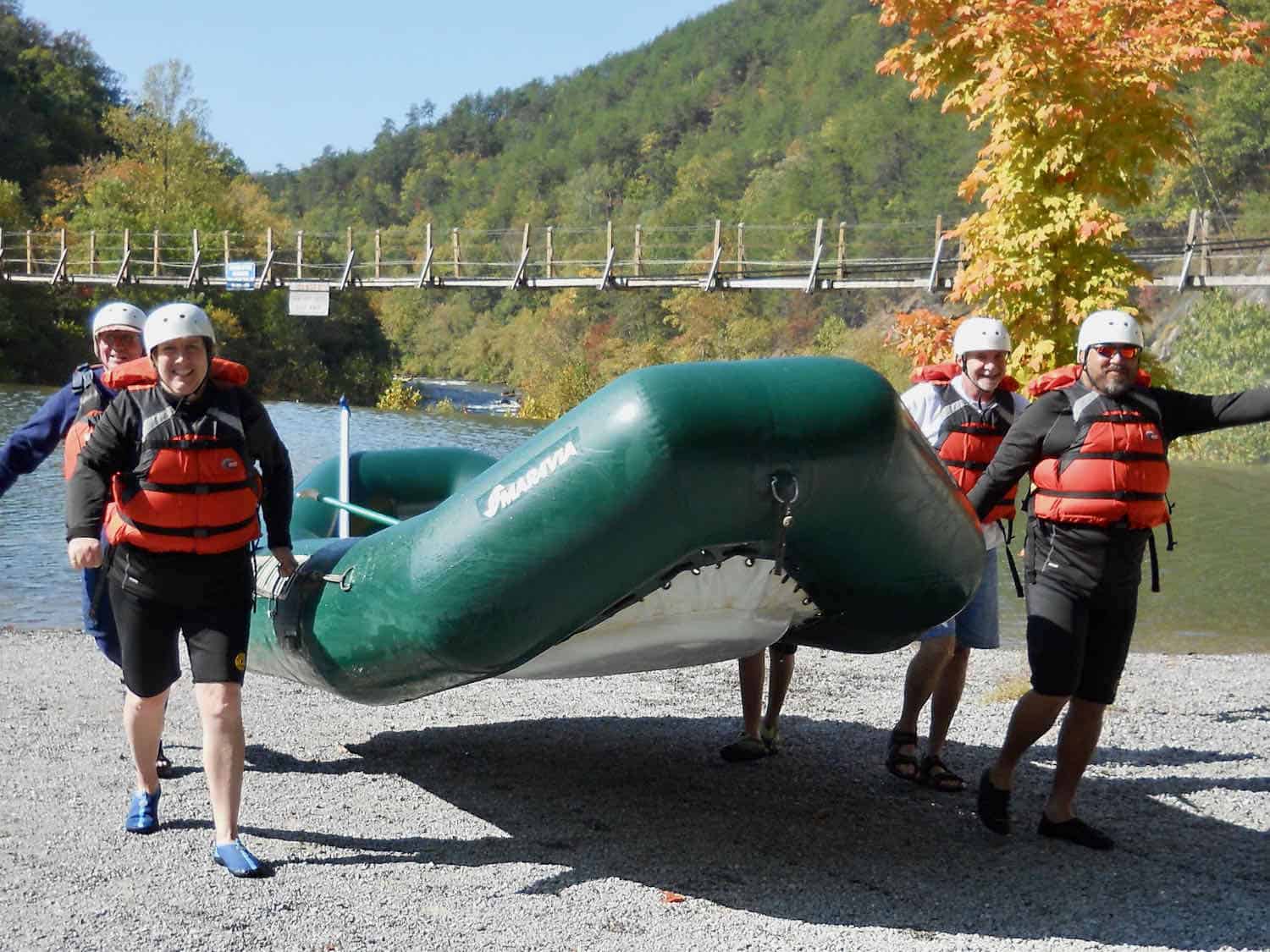
With a final burst of paddling, I help to row the short distance to the takeout. After toting that heavy raft back up the hill, I clamber onto the bus—to await the heart-stopping jaunt back to Adventures Unlimited headquarters.
Knowing that my dad is right, I look forward to another Class X ramble along that sinuous, winding strip of highway. Reeling, at times, it seems on two wheels, as the refurbished school-bus sashays along the acute inner angles of those switchbacks.
I laugh at that memory, reflecting back on our many years of rafting together, as a team, my father and I. Of starting our journey on North Carolina’s tame Nantahala, accelerating to the surly Chattooga in northern Georgia, and eventually, graduating to the unsurpassed end-of-the-season runs on West Virginia’s Gauley.
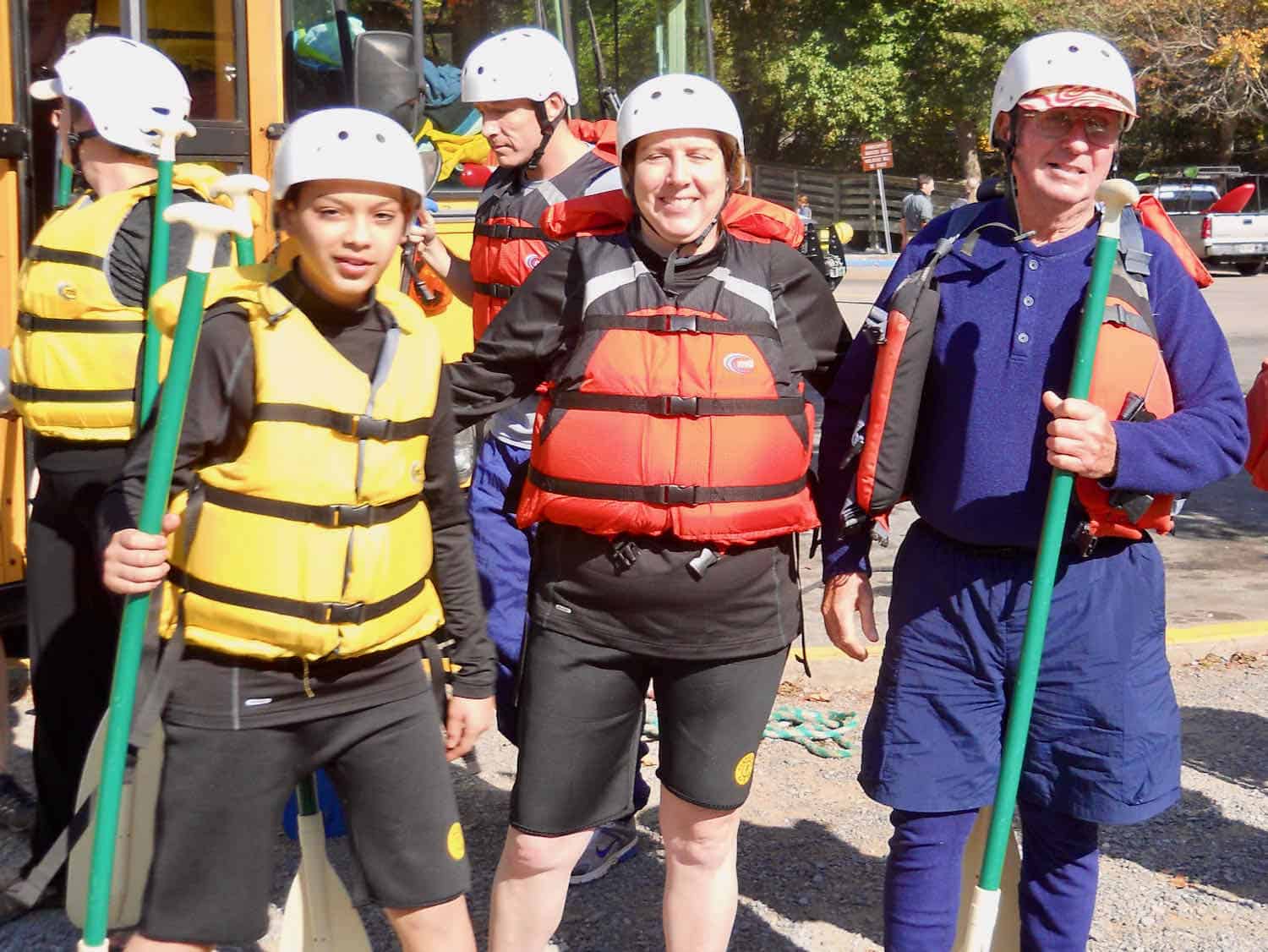
This year is different, though. Markedly special.This year Nicolas is finally old enough to lash on the helmet, tether that life preserver and prepare for the river adventure of his young life. It’s a multigenerational travel experience that he’ll never forget.
Boomer Travel Tip
The Tennessee State Parks Department requires that child rafters be at least 12 years old.
Relaxing at the campsite
We arrive at Adventures Unlimited a little out of breath, having survived the hairpin turns, and a bit sore in the muscles. And hungry. It’s amazing how an afternoon of fierce paddling can burn up all those calories from breakfast.
We stuff ourselves to the point of bursting at a local Greek pizza restaurant, the Gondolier, then spend the waning hours of daylight back at our site at Parksville Lake Campground in Ducktown, TN, reminiscing beside the fire.
The fire crackles, spewing cinders and dispelling minute flickers of burning ash into the air. “I had a great time today, mamá,” Nicolas says.
“Me, too, pumpkin. Me too.”
I throw on another log and settle into my canvas armchair, the same way this sleepy little town of Ocoee settles in, from the end of October until March. The small village puts on a winter overcoat, hibernating for the season, like a bear.
Once winter thaws into spring, the Ocoee River rafters return. That’s when the droves of adventurers come—a rambunctious crowd clad in bikinis, neoprene-wetsuits, and everything in between. They arrive by car, and by the busload—all genders, all ages, whooping and hollering and kicking the town of Ocoee into high gear.
As for me, I am content to merely savor the remainder of the evening, after an adrenaline-packed outing on the river, listening to the nocturnal symphony of crickets and the distant trill of katydids. Maybe there will be the hoot of an owl skulking on an overhead tree branch, here in the Cherokee National Forest.
What could be better than this? The warmth of the flames, the comfort of a cozy sleeping bag waiting for me in the tent, the ardor of family gathered around? Well, perhaps a plateful of marshmallow-and-chocolate s’mores might be nice.
Extend your Tennessee rafting trip
- Try these easy trails in the Smoky Mountains
- Rest up with Smoky Mountain adventures that are easy to do
- Step into North Georgia to visit the mountain town of Blue Ridge

